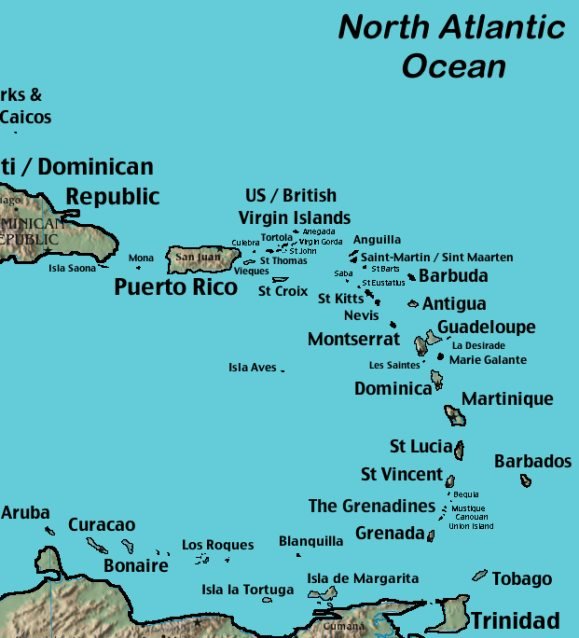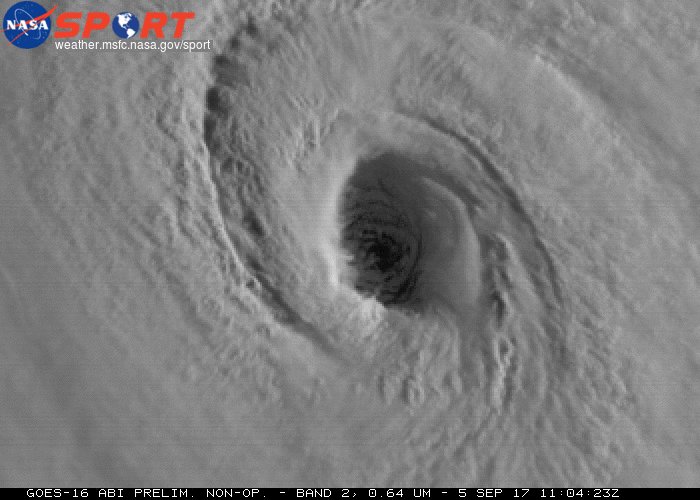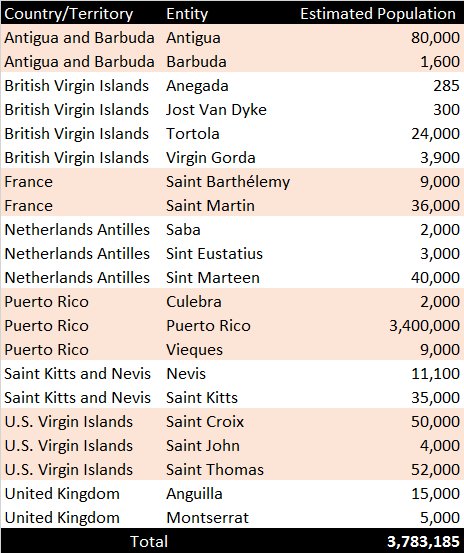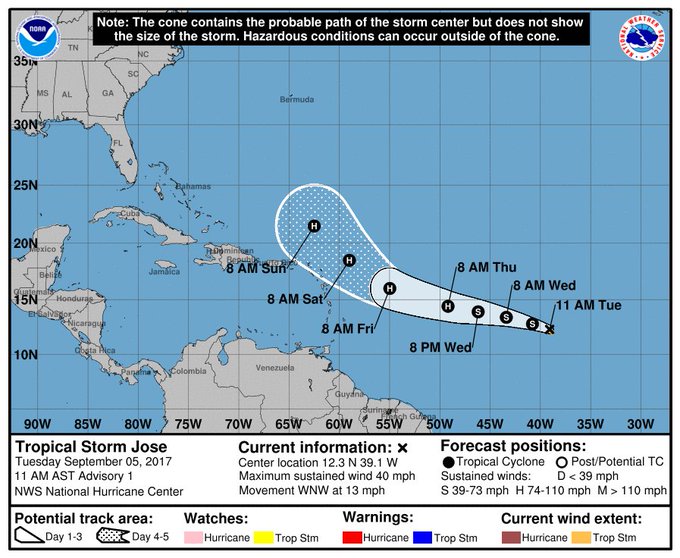After, the storm may impact the Dominican Republic, Haiti, Cuba, and the Southeastern Bahamas.
/cdn.vox-cdn.com/uploads/chorus_asset/file/9179487/AL112017_key_messages__2_.png)
Irma is currently churning with sustained 180 mph winds and is gusting even higher.
But wind speed alone does not completely describe the risk of a hurricane. These storms are made dangerous by a mix of three factors: floods from storm surge, heavy rainfall, and damaging winds. A Category 5 storm hits intensely on all three. (The greatest threat to loss of life in most hurricanes is storm surge and coastal flooding — not wind).
The incredibly intense winds of Category 5 storms can completely destroy homes, uproot trees, and knockout power utilities for months. The National Hurricane Center reports Irma “continues to strengthen” and that “some fluctuations in intensity are likely during the next day or two, but Irma is forecast to remain a powerful category 4 or 5 hurricanes during the next couple of days.”
But don’t focus solely on the category number. The Saffir-Simpson scale is ranked purely on wind speed. As we saw with Hurricane Harvey, even a downgraded hurricane or tropical storm can cause massive destruction and chaos. Even if Irma downgrades, it’s still dangerous.
The National Center for Atmospheric Research has a hurricane severity scale that factors in wind speed, hurricane size, and forward speed (whether it stalls or not) to rate the potential destructiveness of a storm 1-to-10 scale. Irma now rates at a 5.3. On this scale, Hurricane Katrina would have scored a 6.6.
/cdn.vox-cdn.com/uploads/chorus_asset/file/7238885/scale.png)
Harvey dumped 50-plus inches of rain over parts of Houston and Louisiana, creating devastating floods (mostly because the storm stalled over the Gulf Coast after it made landfall). Irma, so far, is not forecasted to be such a devastating rain event. “Irma is expected to produce total rain accumulations of 4 to 10 inches with isolated maximum amounts of 15 inches across northeast Puerto Rico and the British and U.S.,” the hurricane center reports. The Leeward islands could see a maximum of 18 inches.
It’s still unclear if Irma will hit the mainland United States. But the forecast is growing more ominous.
Irma is expected to hit the Eastern Caribbean including Puerto Rico on Wednesday, but its track thereafter grows unclear. “The chance of direct impacts from Irma later this week and this weekend is increasing in the Florida Keys and portions of the Florida Peninsula,” the hurricane center states. “However, it is too soon to specify the timing and magnitude of the impacts. Elsewhere, it is too early to determine what direct impacts Irma might have in the continental United States.”
Overall, the chances of an impact in Florida are becoming more likely. In any case, the center stresses vigilance for everyone who lives in a hurricane-prone area, and to make sure safety, preparedness, and evacuation plans are known and in place.
“In Florida, we always prepare for the worst and hope for the best, and while the exact path of Irma is not absolutely known at this time, we cannot afford to not be prepared,” Florida Gov. Rick Scott stated Monday.
The US is still reeling from the impacts of Hurricane Harvey. Parts of Houston are still underwater, thousands are still living in shelters, and cleanup efforts have barely begun. Needless to say, another catastrophic storm in a two-week period would add salt to a wound and further strain the disaster relief resources of the federal government and groups like the Red Cross already stretched thin with the response to Harvey.
Even if this storm does not have major impacts to the mainland US, it is poised to unleash havoc on the countries in the Caribbean in its path. Recall in 2016, Hurricane Matthew killed more than 500 in Haiti while largely sparing the United States.
The beginning of September is peak hurricane season. Already, yet another storm, Jose, has formed. And it also may impact the Eastern Caribbean over the weekend.
How to follow Hurricane Irma:
- The National Hurricane Center has a page updating every few hours with the latest watches and warnings for Harvey. Check it out.
- Follow the San Juan branch of the National Weather Service on Twitter.
- Follow the Capital Weather Gang’s Twitter account. These folks tend to live-tweet storm updates.
- Here’s a Twitter list of weather experts via meteorologist Eric Holthaus. These experts will give you up-to-the-second forecasts and warnings.

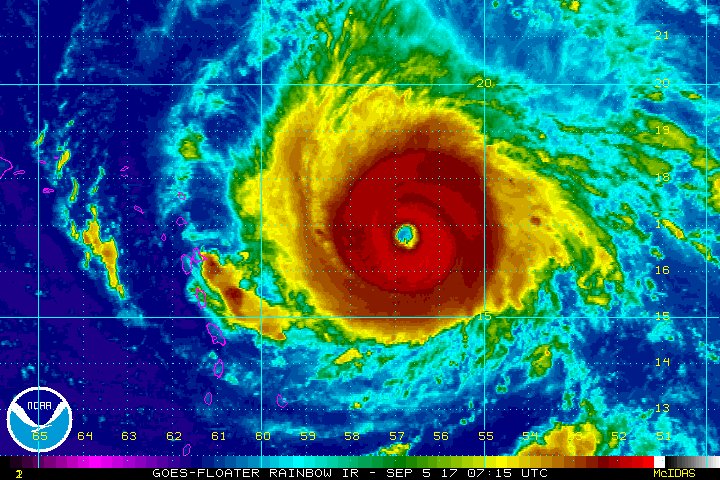
/cdn.vox-cdn.com/uploads/chorus_asset/file/9181367/174437_5day_cone_no_line_and_wind.png)
